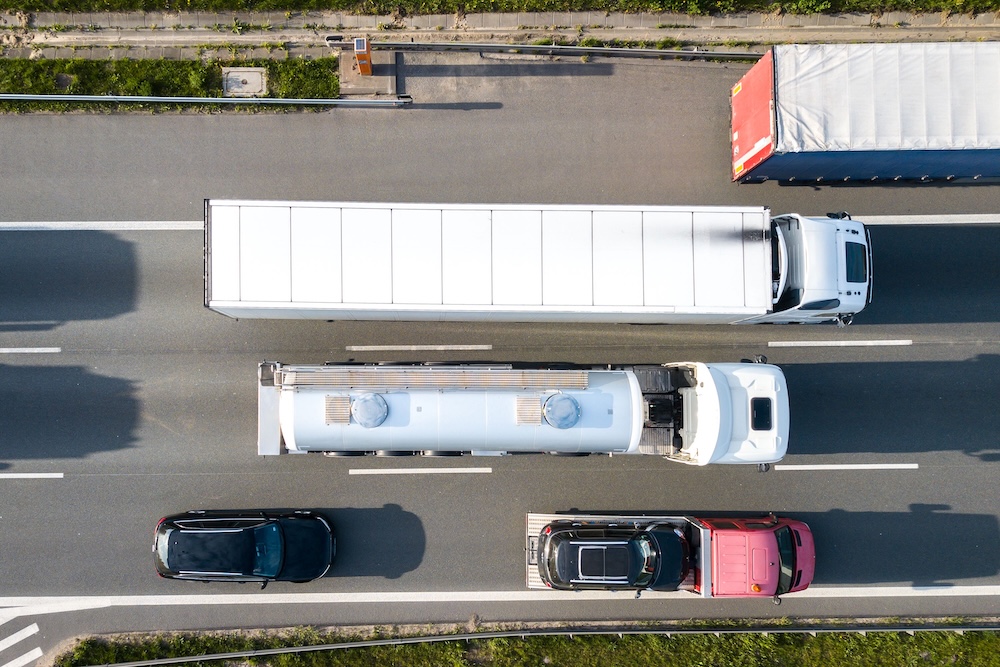Transportation is the backbone of modern life, connecting people, goods, and ideas across the globe. Cars, trucks, ships, planes, and trains enable trade, tourism, and access to opportunities. Yet this vital system comes at a high cost: transportation is one of the largest sources of greenhouse gas emissions, air pollution, noise, and resource depletion.
As cities expand and populations grow, the demand for mobility continues to rise. Without action, transportation emissions are projected to increase by more than 60% by 2050. Addressing this challenge is central to building a sustainable and healthy future.
Greenhouse Gas Emissions from Transportation
Globally, transportation accounts for roughly one-quarter of energy-related CO2 emissions. In some countries, it represents the single largest source of greenhouse gases. Most emissions come from the burning of fossil fuels such as gasoline, diesel, and jet fuel.
Passenger vehicles—cars and SUVs—are responsible for the majority of emissions, but freight trucks, ships, and airplanes also contribute significantly. Aviation, in particular, is one of the fastest-growing sources of emissions as demand for air travel continues to surge.
Every kilometer driven by a car, every flight taken, and every delivery truck on the road adds carbon to the atmosphere, accelerating climate change and intensifying extreme weather events.
Air Pollution and Human Health
Transportation emissions are not just a climate issue—they are a public health crisis. Vehicles emit nitrogen oxides (NOx), particulate matter (PM2.5), and volatile organic compounds (VOCs). These pollutants contribute to smog, acid rain, and respiratory diseases.
The World Health Organization estimates that air pollution causes over 4 million premature deaths each year, with transportation being one of the largest contributors in urban areas. Children, the elderly, and people with pre-existing conditions are particularly vulnerable.
Cities such as Delhi, Los Angeles, and Beijing have seen dangerous spikes in pollution during traffic peaks. Poor air quality can shorten lifespans, reduce labor productivity, and increase healthcare costs—making cleaner transportation an urgent priority.
Land-Use Changes and Habitat Loss
Building roads, highways, airports, and railways requires vast amounts of land. This often leads to deforestation, habitat fragmentation, and biodiversity loss. Wildlife corridors are disrupted, making it difficult for animals to migrate, find food, or reproduce.
Urban sprawl, fueled by car dependency, also consumes farmland and green spaces. The loss of natural areas not only harms ecosystems but also removes critical carbon sinks, worsening climate change.
Noise Pollution and Social Impacts
In many cities, noise from traffic, aircraft, and rail lines is a constant stressor. Chronic noise exposure can cause sleep disturbances, cardiovascular disease, and reduced cognitive performance. Wildlife also suffers, as noise interferes with communication, mating, and hunting behaviors.
Noise may seem less visible than smog or deforestation, but it represents a hidden cost of transportation systems that prioritize speed and efficiency over human well-being.
Resource Depletion and Energy Use
Modern transportation is almost entirely dependent on fossil fuels, which are non-renewable and environmentally destructive to extract. Oil drilling, refining, and transport cause spills, habitat destruction, and greenhouse gas emissions.
At the same time, vehicle manufacturing requires steel, aluminum, plastics, and increasingly rare minerals like lithium, cobalt, and nickel for electric vehicle batteries. Without recycling and circular economy strategies, this demand could replicate the extractive harms of the fossil fuel era.
Climate Change and Transportation
Transportation’s impact on climate change is profound. Higher global temperatures mean more intense heatwaves, floods, and storms—all of which affect transportation itself. Flooded roads, buckling rail tracks, and grounded flights are becoming more frequent.
The irony is that while transportation contributes heavily to climate change, it is also highly vulnerable to its effects. Transitioning to climate-resilient and low-emission systems is therefore both a mitigation and adaptation necessity.
Sustainable Alternatives and Technologies
Electric Vehicles and Beyond
Electric vehicles (EVs) have become one of the most promising solutions, producing zero tailpipe emissions. Adoption is growing rapidly, but challenges remain, including battery production impacts and the need for renewable energy to power them.
Hydrogen fuel cell vehicles and biofuels offer additional alternatives, especially for heavy transport like trucks, ships, and planes. Hybrid vehicles, while not zero-emission, can serve as a transitional technology to reduce fuel consumption.
Public Transportation and Shared Mobility
Expanding high-quality public transit—buses, subways, trams—can significantly reduce car dependency. Shared mobility options, including carpooling, ride-sharing, and micro-mobility (e-scooters, bike-share programs), further reduce congestion and emissions.
Active Transportation: Walking and Cycling
Investing in pedestrian and cycling infrastructure provides safe, low-cost, and zero-emission travel options. Cities like Copenhagen and Amsterdam demonstrate how active transport can be scaled, with bicycles outnumbering cars in daily commutes.
Smart Urban Design
Compact, mixed-use urban planning reduces the need for long commutes and car dependency. Designing neighborhoods with easy access to jobs, schools, and services allows more people to walk, cycle, or take public transit.
Policy, Incentives, and Behavior Change
Governments play a critical role in shifting transportation systems toward sustainability. Key strategies include:
- Fuel economy standards to push manufacturers toward efficiency.
- Tax credits and subsidies for electric vehicles and public transit use.
- Congestion pricing to reduce car traffic in crowded urban centers.
- Infrastructure investment in EV charging stations, bike lanes, and mass transit networks.
At the same time, individuals can make changes: reducing unnecessary trips, choosing sustainable transport modes, supporting clean transport policies, and embracing a culture of low-carbon mobility.
Final Thoughts
Transportation is both an enabler of modern life and a driver of environmental damage. From greenhouse gases and air pollution to habitat loss and noise, its impacts are far-reaching. Yet solutions exist. By embracing electric vehicles, expanding public transit, investing in walkable cities, and adopting sustainable fuels, we can dramatically reduce the footprint of transportation.
The challenge is urgent but achievable. A sustainable transportation future is not just about reducing emissions—it is about creating cleaner, healthier, and more livable communities for generations to come.









Reader Interactions